“Colombina” by Beatrice Brandini
“It is dust of the sun” by Michelangelo Francesconi
The word Carnival derives from the Latin carmen levare, meaning to eliminate meat, since in ancient times it indicated the banquet that was held on Shrove Tuesday (last day of Carnival) before the fasting period of Lent in which it was forbidden to eat meat.
“The Feast of Fools” by Luca Bertozzi
So this festival has very distant origins, in ancient Rome, from the feasts of the classical Greek period, or even the disguise seems to be born in honor of the Egyptian goddess Isis.
“And so let’s go out and see the stars” by Umberto, Stefano, Michele Cinquini and Silvia Cirri
“To bit or not to bit?” By Alessandro Vanni
Over the centuries it has not changed much its meaning, remaining one of the most popular holidays also because of the possibility of dressing up and therefore entering someone else’s shoes. But if in ancient times masking also meant collecting the energies of the divinities or the forces of nature from which the mask originated, today taking a break from yourself to become a heroine, or whatever you want to be, seems to me a gift, especially in this historical moment in which there is a lot of sadness around us.
“I want a decovised life” by Priscilla Borri
“Vinyago” (Masks) by Michele Canova
In Italy there are many celebrations for Carnival, with famous carnivals famous, such as those of Venice in which beautiful costumes are shown, that of Viareggio, with its famous allegorical floats, that of Acireale or Ivrea with the famous Battle elle Oranges.
“Doctors, doctors and wise men” by Alessandro Avanzini
“Buffalo Biden” by Carlo Lombardi
I have been going to see the Viareggio Carnival since I was a child, first with my grandfather Mario, and now with my son. Historically this Carnival has distant origins, the first parade was celebrated in honor of Mardi Gras in February 1873. Over the years the fame of this event has grown making it very popular, and much of this popularity is mainly due to its floats allegorical that historically were made of wood and jute. The tank masters, as the workers who amaze the world with their imagination every year, have never stopped, not even the world war was able to destroy this event.
“Qui  ora” by Matteo Raciti
Detail of a chariot in Viareggio
However, the real revolution took place in 1925 when some builders thought of perfecting the technique of cast paper, known as papier-mâché, which allowed for majestic and animated constructions. In 1930 Uberto Bonetti, a famous futurist painter, conceived the Burlamacco, the symbolic mask of Viareggio, and in 1931 he was accompanied by the presence of Ondina, a bather, symbol of the summer season. The Viareggio Carnival is not just “folklore” but a true show of art, tradition and culture.
The master builders of Viareggio are the creators of these extraordinary allegorical machines, real traveling theaters, which can also be a chronicle and testimony of what is happening in the world. The tankers yesterday, today and tomorrow have the task of preserving this artistic heritage, an expressive form admired and copied all over the world. As the great artist Alfredo Morescalchi said: “Carnival is a serious thing that tells the feelings of every era.”
The performance of Federico Martelli, already a finalist of Italian’s Got Talent, I must say that as soon as they sang two notes, all singing “BELLO BELLO”
In Venice, the Carnival tradition has much more distant origins. The first document in which Carnival is officially mentioned as a public holiday is an edict of the Senate of the Serenissima, dated 1296, but as early as 1271 there is evidence of craft workshops for the production of masks.
The Burlamacco created by Uberto Bonetti
In the eighteenth century, the Venice Carnival reached its highest apotheosis, acquiring an international resonance that projects it throughout Europe. The suggestion of Venice, and I have been there many times with my dad, is the city itself, already magical, which is transformed into the streets, the calli, into a stage with majestic, mysterious, sometimes even transgressive masks. We especially remember the Bauta, with his black cloak, also called tabarro, a mask resting on a white face and the famous tricorn hat.
PACE
In almost all the carnival floats the flag of PACE was praised, an unanimous request from all. Even in Viareggio the covid has wiped out many activities. For tourist cities like this one, the inability to travel, to take vacations, to feel good, has meant a little dying. So why still a war?
I think that the magic of Carnival is expressed precisely by the possibility of masking oneself, breaking down barriers of gender and hierarchies. In one day you can feel like a King or a Hero, a gangster or the Princess of fairy tales, whatever you like or inspire you, dedicating that day to fun, joke and play, just like you did as a child.
Good life to everyone!
Beatrice


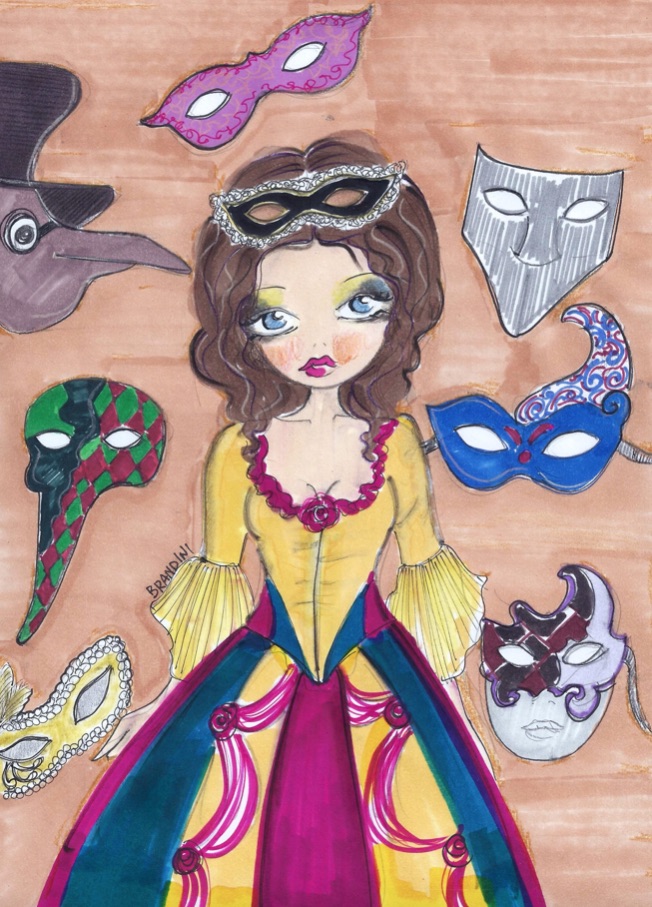
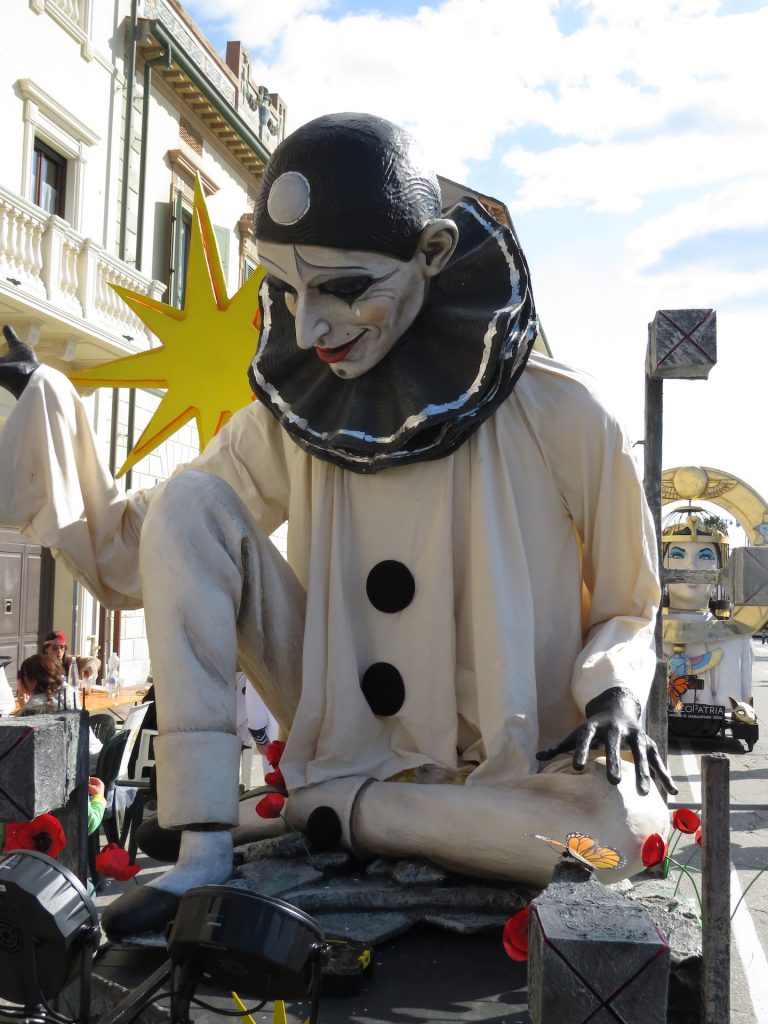
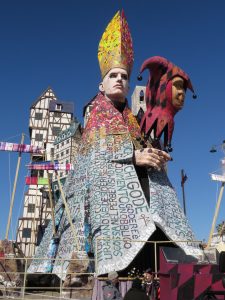
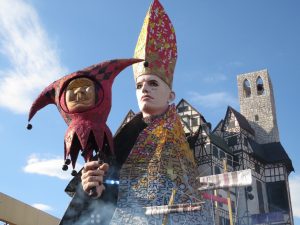
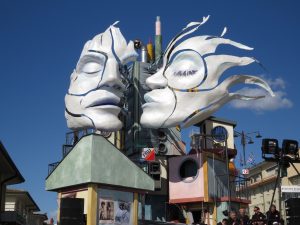

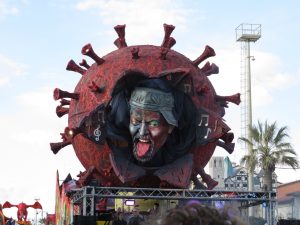
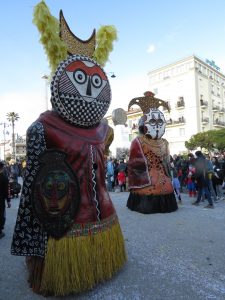
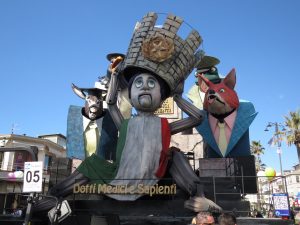
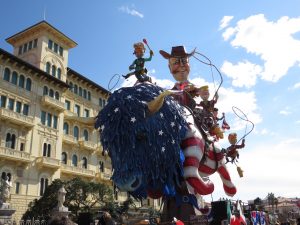
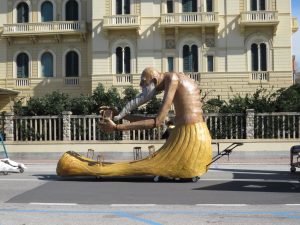
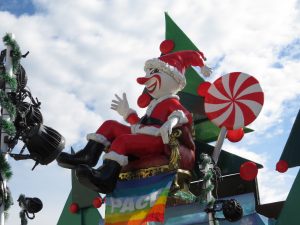
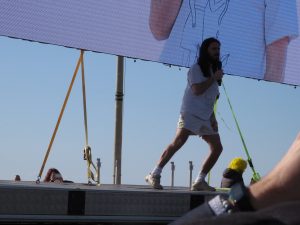

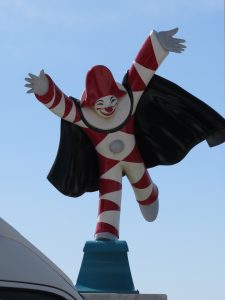

hello there and thank you for your information – I’ve definitely picked up anything new from right here.
I did however expertise a few technical points using this web site,
as I experienced to reload the web site many times previous to
I could get it to load correctly. I had been wondering if your web hosting
is OK? Not that I am complaining, but sluggish loading instances times
will very frequently affect your placement in google and
could damage your high-quality score if ads and marketing with Adwords.
Well I am adding this RSS to my email and could look out for much more of
your respective fascinating content. Ensure that you update this again soon.
Somebody necessarily help to make severely posts I might state.
This is the very first time I frequented your web page and up to now?
I surprised with the research you made to create this particular
put up incredible. Excellent task!
Excellent post. I used to be checking continuously this blog and I’m impressed!
Extremely useful information specifically the final section :
) I care for such information much. I used to be seeking this certain information for a very lengthy time.
Thanks and good luck.
I like the valuable information you provide in your articles.
I’ll bookmark your weblog and check again here regularly. I am quite certain I’ll learn many new stuff right here!
Best of luck for the next!
Ahaa, its good dialogue about this post here at this website, I have read all that, so now me also commenting here.
It’s truly a nice and useful piece of info. I am happy that you
shared this helpful info with us. Please stay us up to date like this.
Thanks for sharing.